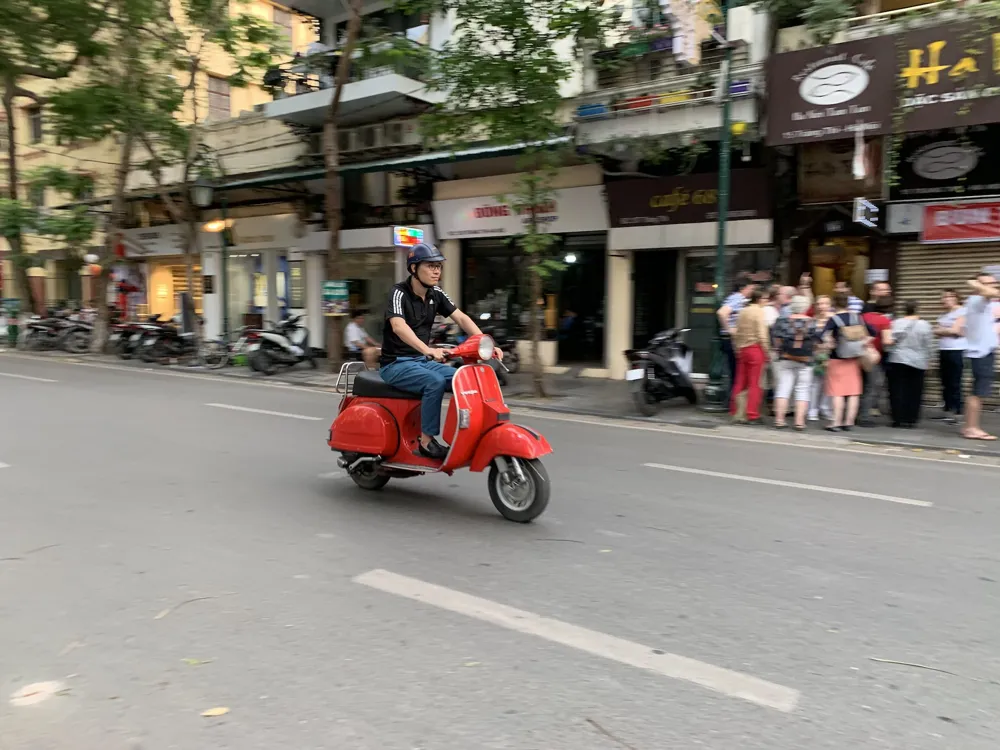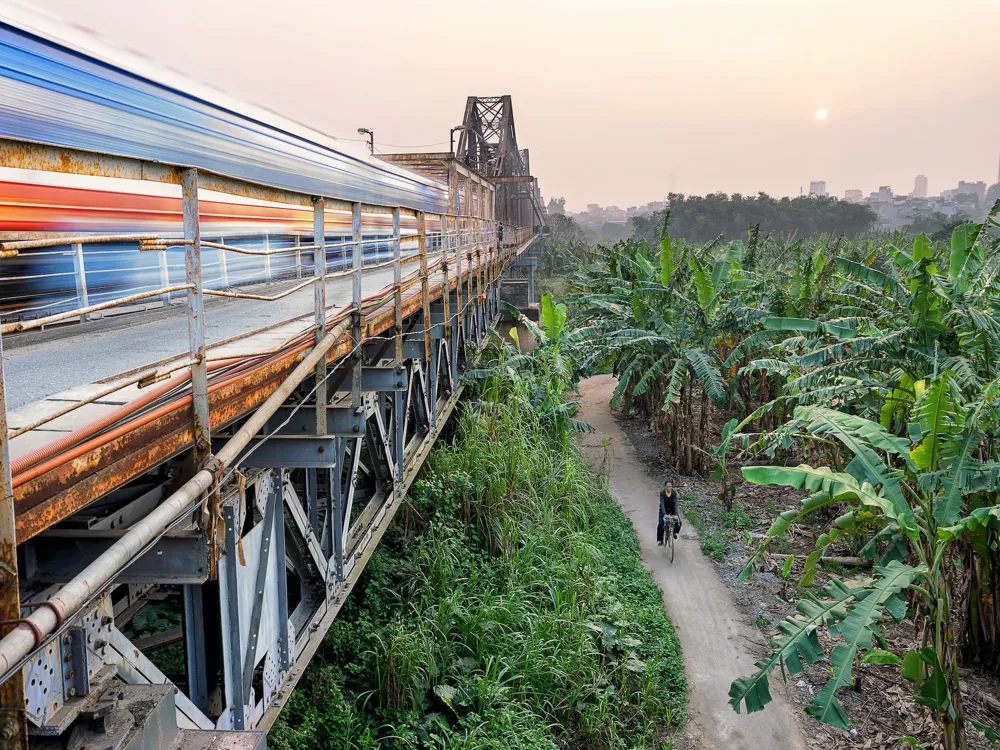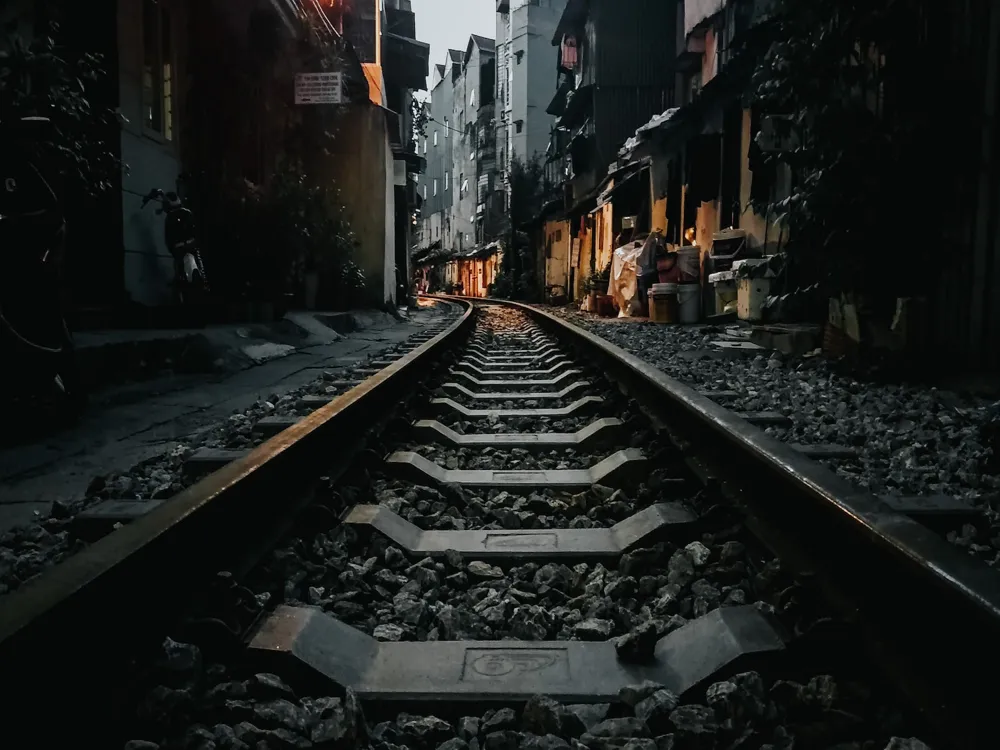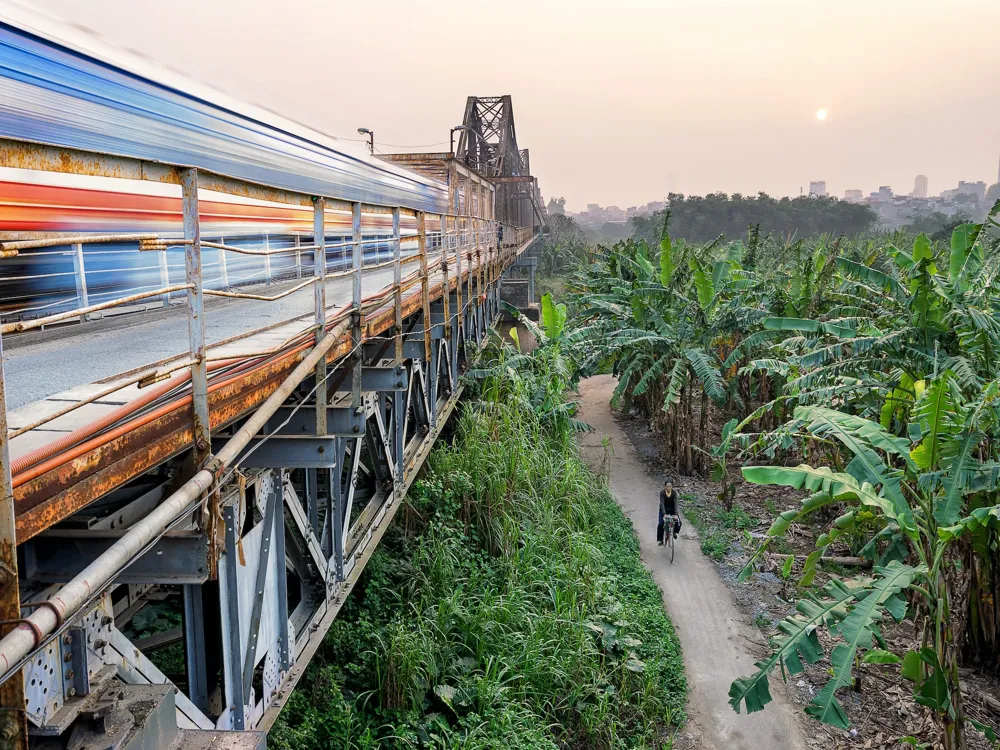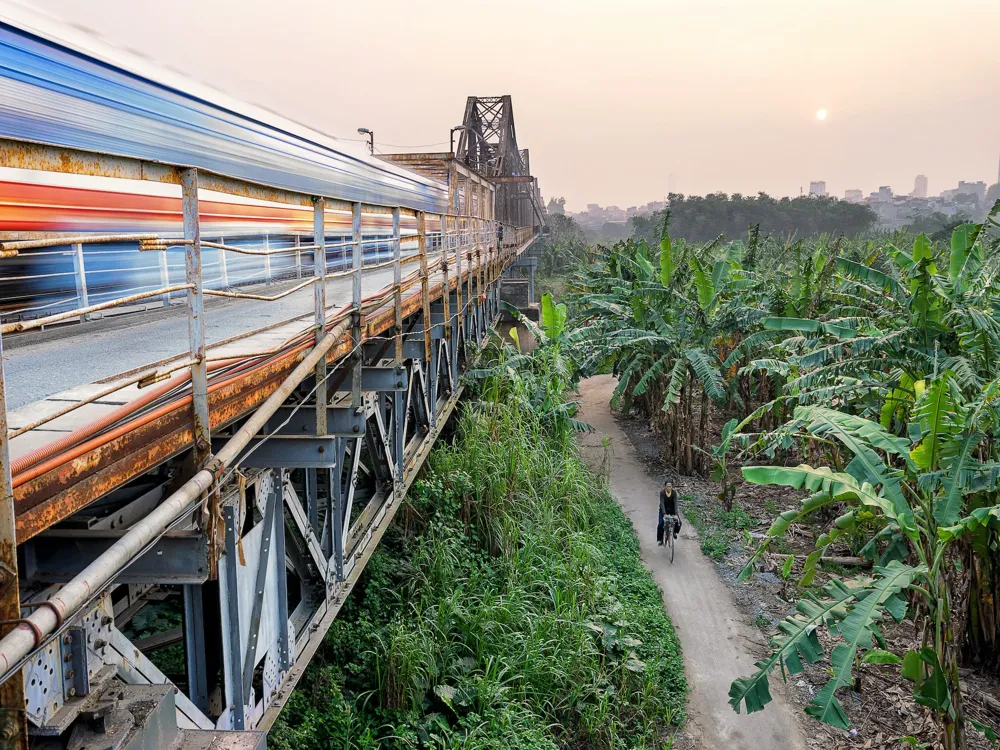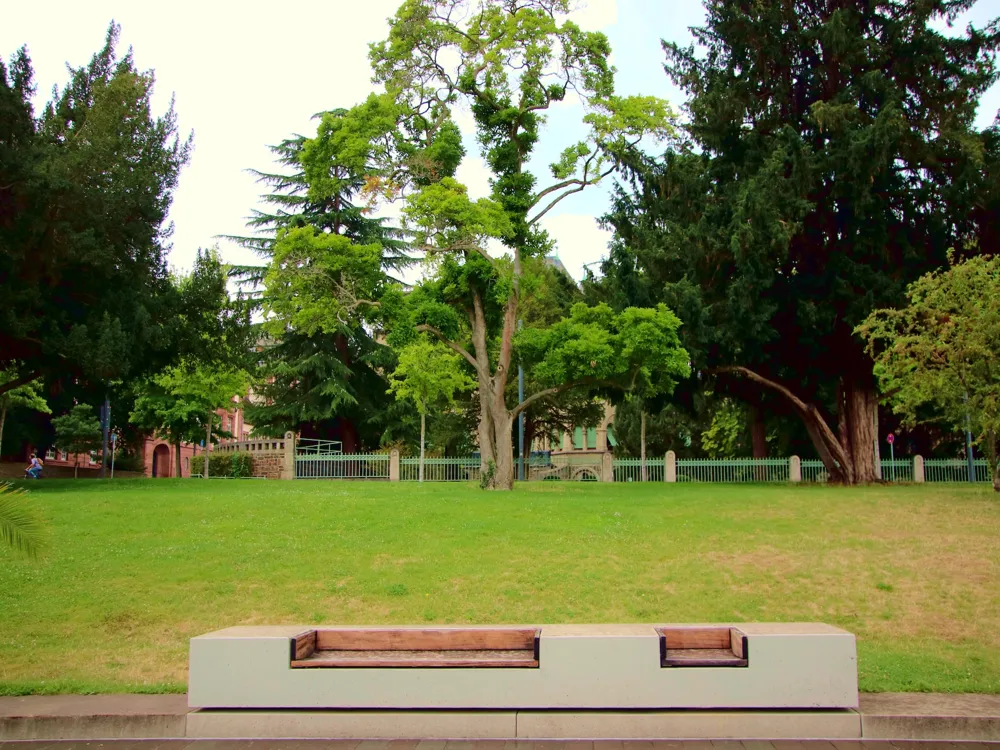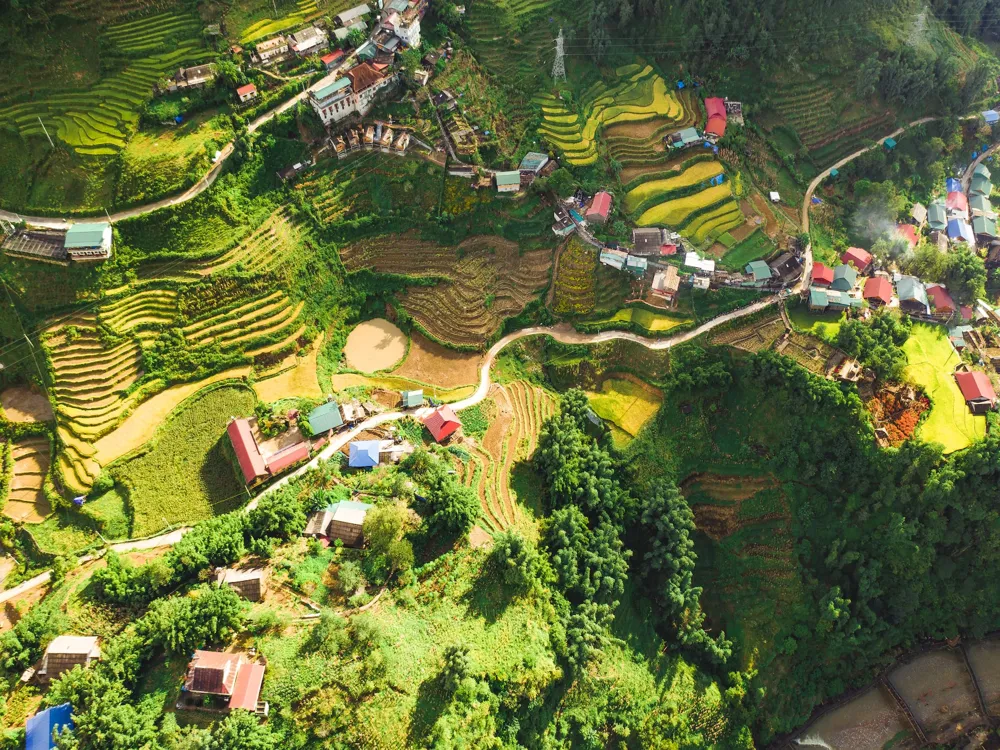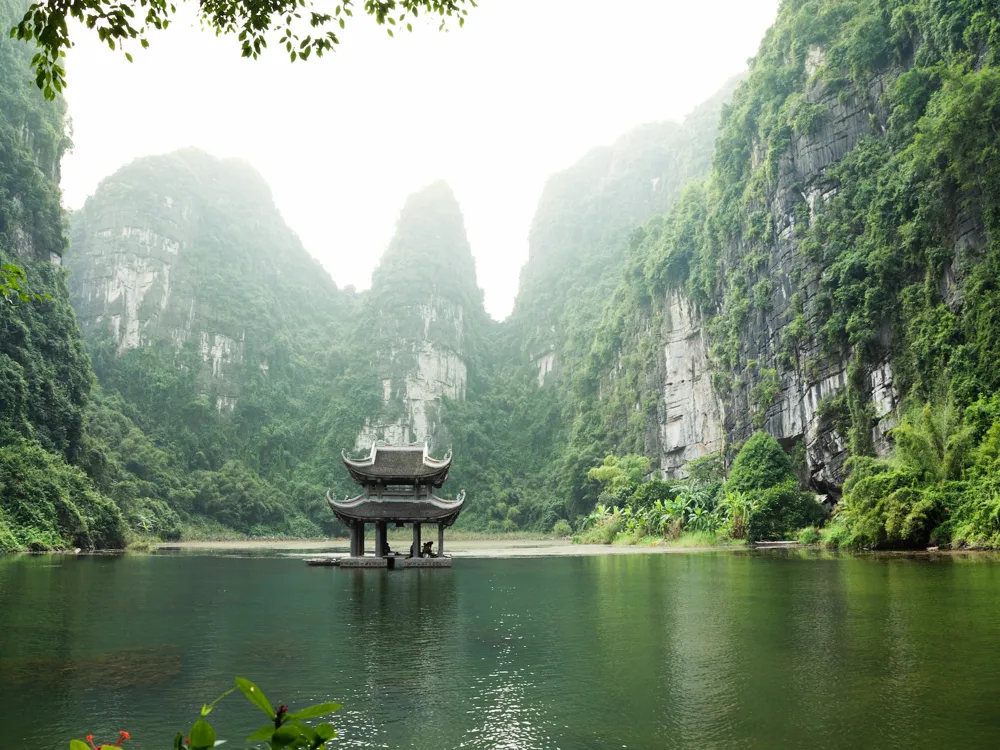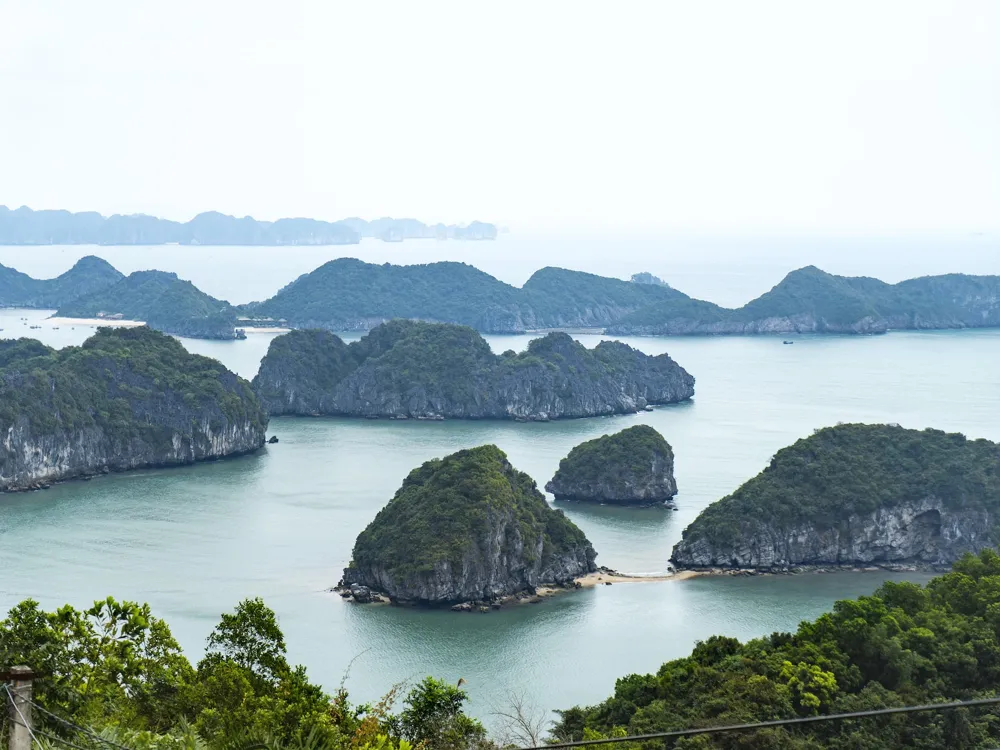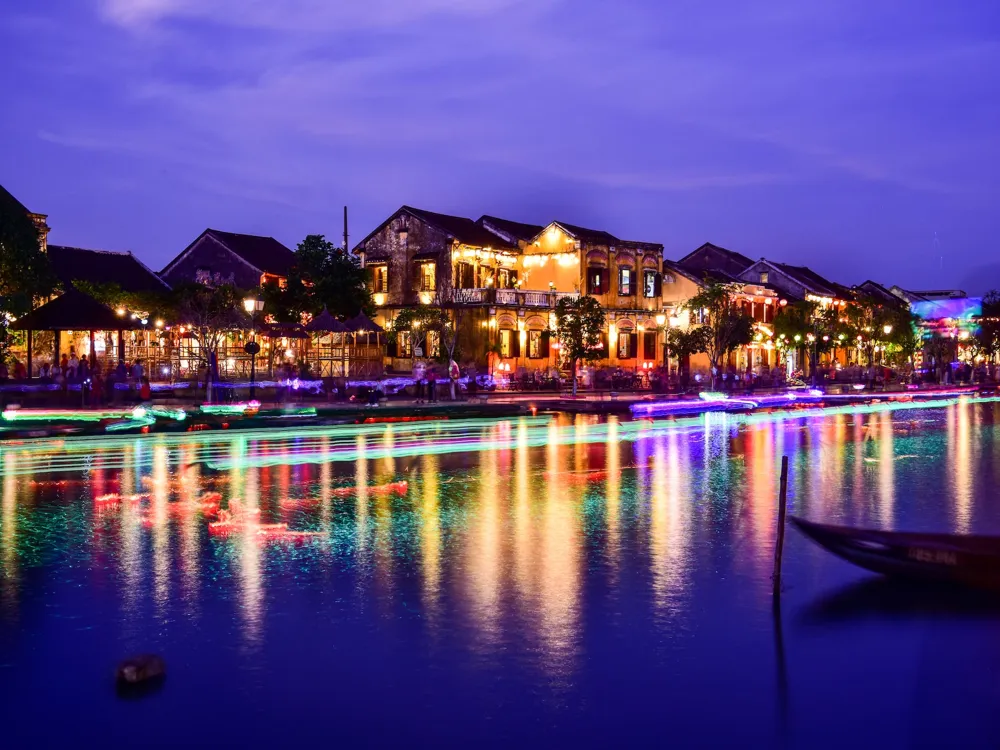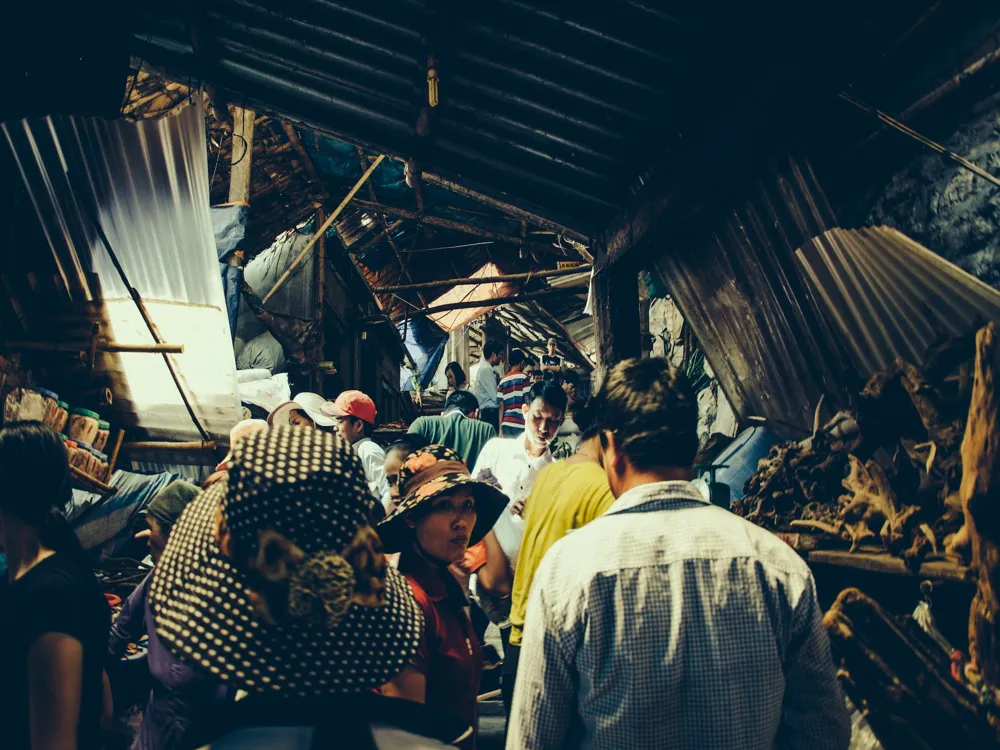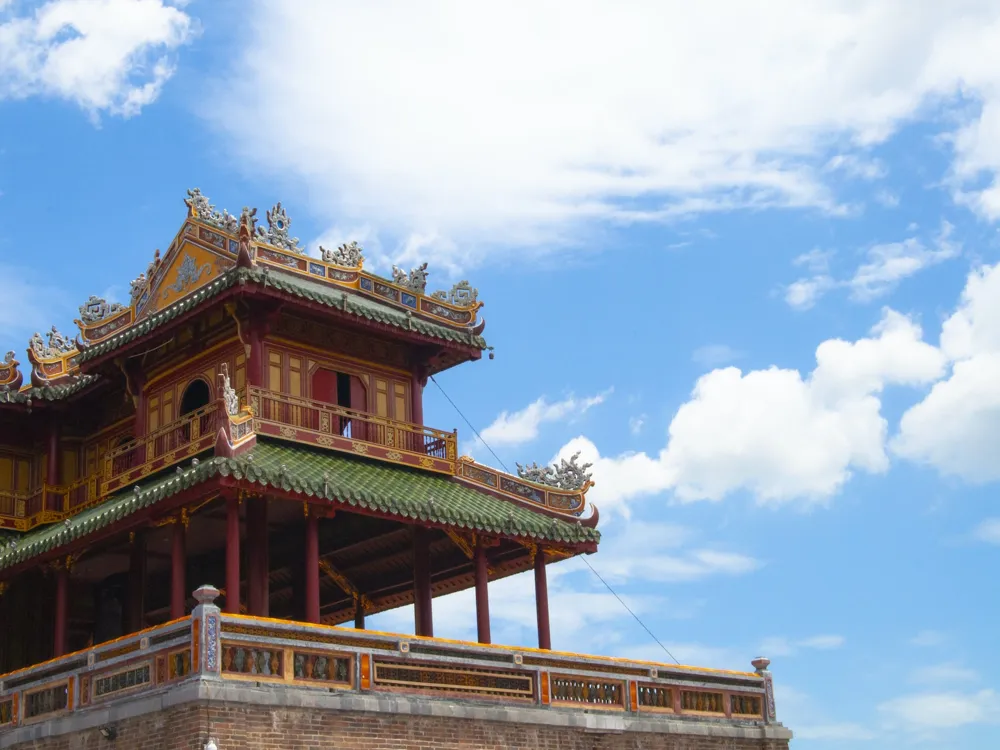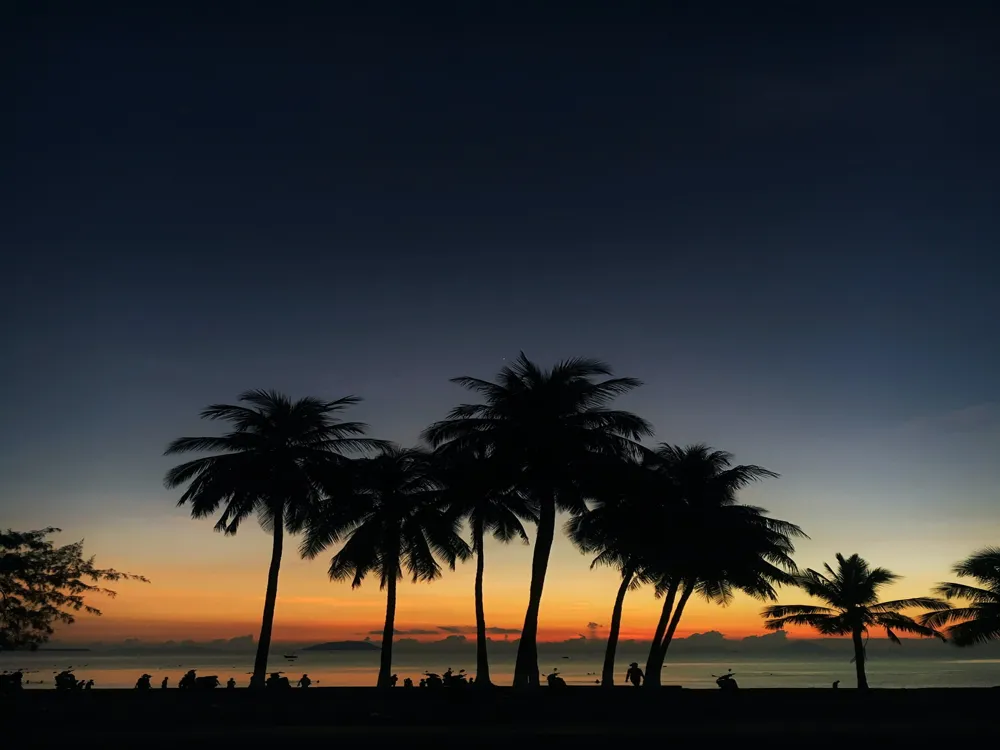Hanoi, the capital city of Vietnam, is a mesmerizing blend of Eastern and Western cultures, largely influenced by Southeast Asian, Chinese, and French traditions. Founded in 1010, Hanoi recently celebrated its 1000th anniversary, marking a millennium of rich history, culture, and architectural evolution. The city serves as a testament to Vietnam's spirit, resilience, and progress, making it a fascinating destination for travelers from around the globe.
The heart of Hanoi is its Old Quarter, a lively and historic area where narrow streets and alleys bustle with commerce and daily life. This district reflects the city's past as a commercial center where each street specialized in a specific trade. Today, it remains a hub of activity, offering visitors a glimpse into traditional Vietnamese life. The chaotic yet charming streets are a tapestry of architectural styles, ranging from well-preserved colonial buildings to ancient pagodas and modern developments, showcasing Hanoi's journey through the ages.
Hanoi's rich history is not only evident in its architecture but also in its numerous museums and cultural sites. The Ho Chi Minh Mausoleum, the Presidential Palace, and the Temple of Literature, which dates back to the 11th century and is dedicated to Confucius, are prime examples of sites steeped in historical significance. The city's museums, such as the Vietnam National Museum of History and the Hoa Lo Prison Museum, offer insightful glimpses into Vietnam's complex past, from ancient times through French colonial rule and the Vietnam War.
The city's culinary scene is another highlight, with its streets lined with vendors and small eateries offering a taste of authentic Vietnamese cuisine. Pho, a traditional noodle soup, and Banh Mi, a fusion of French and Vietnamese flavors in a sandwich, are among the must-try dishes. Hanoi's food culture is a delightful journey through flavors, textures, and aromas, reflecting the city's cultural diversity and culinary creativity.
Hanoi is not only a city of historical relevance but also a symbol of Vietnam's rapid development. Its skyline, dotted with modern skyscrapers, stands in stark contrast to the traditional architecture found in its older districts. The city continues to grow and evolve, making it a dynamic and exciting destination for both tourists and business travelers alike.
The architecture of Hanoi is a fascinating amalgamation of historical eras and influences, creating a landscape that is uniquely Vietnamese yet distinctly influenced by foreign styles. From ancient temples and French colonial buildings to modern skyscrapers, Hanoi's architectural tapestry tells the story of a city that has endured and thrived through centuries of change.
At the heart of Hanoi's architectural heritage is its Old Quarter, where traditional Vietnamese tube houses line the streets. These narrow, multi-storied buildings, characterized by their length and minimal width, are a response to historical tax laws, where property taxes were based on street frontage. Today, they serve as a reminder of the city's past, housing shops, cafes, and residences in a space-efficient manner.
French colonial architecture is another dominant feature of Hanoi's landscape, a legacy of the French occupation from the late 19th century to the mid-20th century. The French left an indelible mark on the city's architecture, introducing European-style buildings that stand out for their ornate facades, large windows, and balconies. Key examples include the Hanoi Opera House, inspired by the Palais Garnier in Paris, and the St. Joseph's Cathedral, a neo-Gothic structure reminiscent of Notre Dame de Paris.
In contrast to these historical styles, modern architecture in Hanoi is represented by the city's growing skyline of skyscrapers and contemporary buildings. The Lotte Center Hanoi and the Keangnam Hanoi Landmark Tower are prime examples of this modernity, showcasing sleek designs and cutting-edge technology. These structures symbolize Vietnam's rapid economic growth and its aspirations for the future.
Traditional Vietnamese architecture is also prominently featured in Hanoi's temples and pagodas, such as the Tran Quoc Pagoda and the One Pillar Pagoda. These structures, often set amidst lush gardens and tranquil lakes, offer a serene retreat from the city's bustling streets. They are characterized by their intricate woodwork, sloping tiled roofs, and ornate carvings, embodying the spiritual and artistic heritage of Vietnam.
Hanoi's architecture is not just about buildings; it's about the interplay of space, history, and culture. The city's layout, with its wide boulevards and open spaces, reflects the planning influences of different eras, from the ancient dynasties to French colonialism and modern urban development. This blend of styles and influences makes Hanoi's architecture a captivating subject for exploration and admiration.
The ideal time to visit Hanoi is during the spring (February to April) and autumn (September to November) months. During these periods, the weather is pleasant with moderate temperatures and lighter rainfall, making it comfortable for exploring the city and its surroundings.
Hanoi's traffic is notorious for its bustling nature. For short distances within the city, consider using cyclos (three-wheeled bicycle taxis) or motorbike taxis for an authentic experience. For longer distances, taxis and ride-hailing apps like Grab are convenient and affordable options. Additionally, familiarize yourself with the public bus system, which is an economical way to get around.
When visiting temples and pagodas, dress modestly and remove your shoes before entering. It's important to show respect at these cultural sites. Additionally, be mindful of your belongings in crowded areas and avoid displaying expensive jewelry or electronics.
Hanoi's street food is a must-try. Be adventurous and sample local delicacies like Pho, Bun Cha, and Egg Coffee. However, ensure you eat at busy stalls with high turnover to guarantee freshness. Also, drinking tap water isn't recommended; always opt for bottled water.
While English is widely spoken in tourist areas, learning a few basic Vietnamese phrases can enhance your experience and interactions with locals. Simple phrases like 'Xin chào' (hello) and 'Cảm ơn' (thank you) can go a long way.
Hanoi is accessible via the Noi Bai International Airport, which is well-connected to major cities around the world. From the airport, you can take a taxi, bus, or private transfer to reach the city center. For those traveling within Vietnam, trains and buses are efficient and affordable options for reaching Hanoi from other major cities. Additionally, if you're exploring the region, consider taking a cruise or a ferry from nearby coastal towns.
Overview of Hanoi
Architecture of Hanoi
Tips When Visiting Hanoi
Best Time to Visit
Transportation Tips
Cultural Etiquette
Food and Drink
Language Barrier
How To Reach Hanoi
Ho Tay Water Park
Hanoi
₹ 15,260 onwards
View hanoi Packages
Weather :
Tags : Amusement & Theme Park
Time Required : 2 - 3 hours
Planning a Trip? Ask Your Question
Hanoi Travel Packages
View All Packages For Hanoi
Top Hotel Collections for Hanoi

Private Pool

Luxury Hotels

5-Star Hotels

Pet Friendly
Top Hotels Near Hanoi
Other Top Ranking Places In Hanoi
View All Places To Visit In hanoi
View hanoi Packages
Weather :
Tags : Amusement & Theme Park
Time Required : 2 - 3 hours
Planning a Trip? Ask Your Question
Hanoi Travel Packages
View All Packages For Hanoi
Top Hotel Collections for Hanoi

Private Pool

Luxury Hotels

5-Star Hotels

Pet Friendly







